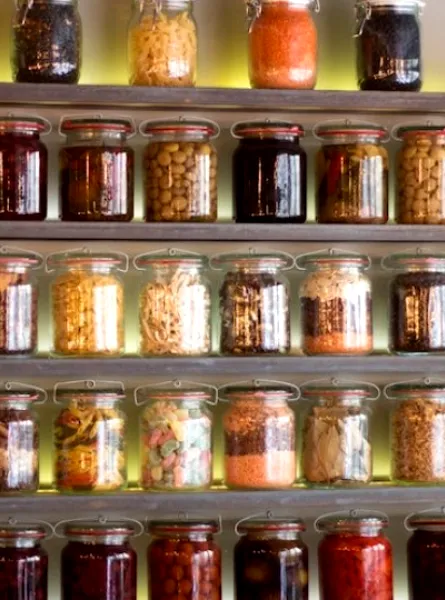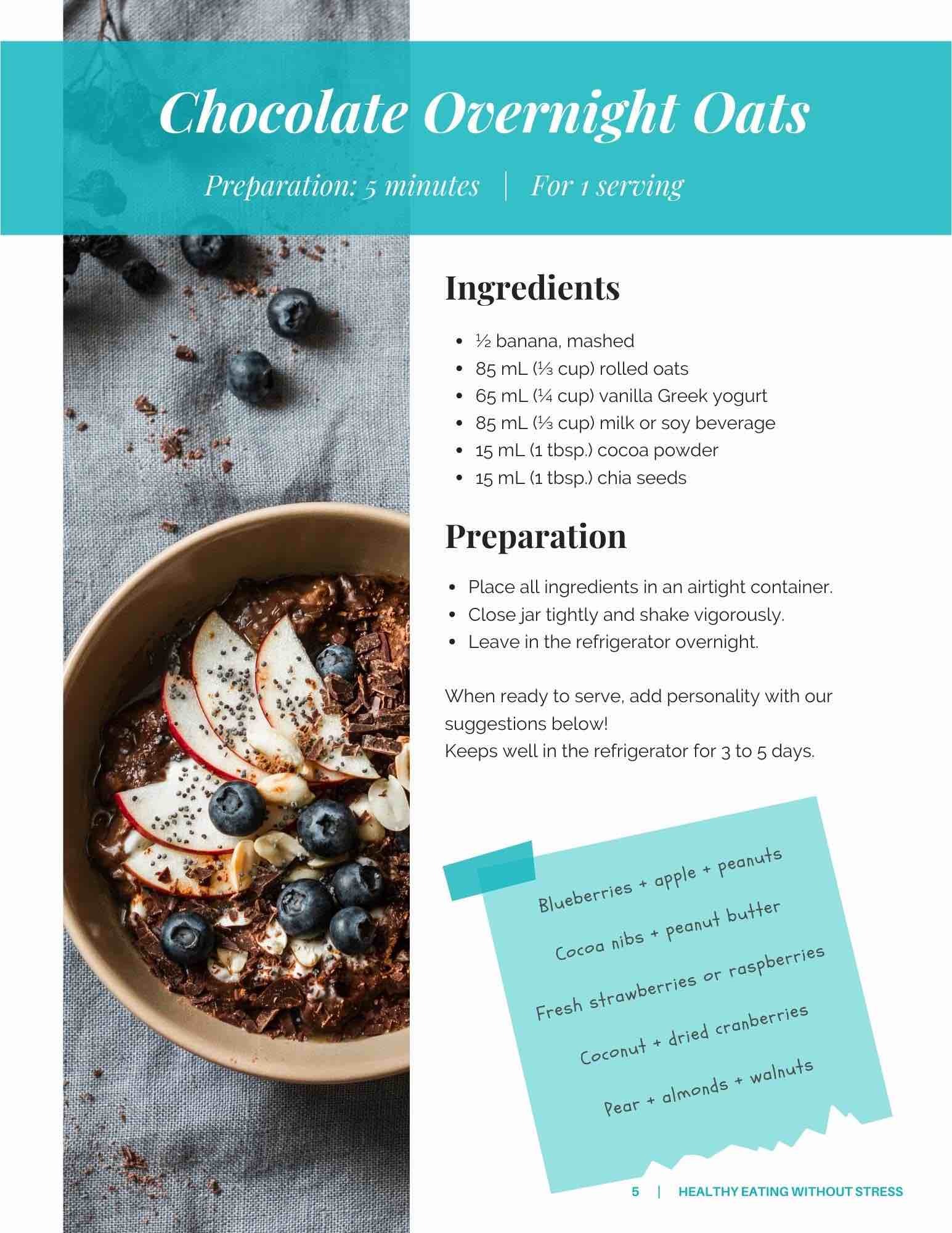
If you live in the Greater Toronto Area, you’ve probably noticed your grocery bill creeping higher each month. Rising food prices have made meal planning feel like a puzzle—especially for families trying to eat well on a budget.
Many shoppers are buying fewer fresh foods or relying more on convenience items, but eating nutritiously doesn’t have to mean spending more.
With the right strategies, you can stretch your dollar and your nutrition. Here’s how, according to a Toronto dietitian nutritionist who helps families find realistic, affordable ways to stay healthy.
1. Rethink Your Protein Sources (Without Sacrificing Nutrition)
Protein often takes the biggest bite out of the grocery budget, but eating well doesn’t have to mean spending more. Choosing budget-friendly animal options and more plant-based proteins can help you save money while keeping your meals balanced and satisfying.
More affordable animal proteins:
- Choose budget-friendly cuts such as:
- Chicken thighs or drumsticks instead of chicken breasts.
- Pork shoulder or loin roasts instead of tenderloin.
- Ground beef or stewing beef instead of steak.
- Canned salmon or sardines, or frozen fish fillets like haddock or tilapia, instead of fresh fish.
- Chicken thighs or drumsticks instead of chicken breasts.
- Buy family packs and freeze portions for later to reduce waste and cost.
Plant-based proteins that offer great value:
- Lentils, chickpeas, beans, tofu, and edamame are affordable, nutrient-dense, and packed with fibre, iron, and protein.
- They can easily replace part or all of the meat in many recipes — bean burgers, tacos, chickpea soups, or tofu stir-fries.
- Swapping even one or two meat meals per week for a plant-based option can make a noticeable difference in your grocery bill.
If you’re new to using plant-based proteins, start small. Try blended recipes that combine meat with plant-based proteins for extra nutrients and savings — like our Half-and-Half Taco Filling. These flexible meals are a great first step toward eating more sustainably and economically.
2. Master the “Flexible Meal Plan” Method
Rigid meal plans can lead to wasted food and frustration when prices change or ingredients sell out. Instead, try a flexible planning approach—a method that works with your grocery store’s sales rather than against them.
Here’s how:
- Start with weekly flyers. Base your meals on what’s on special at No Frills, Metro, or Loblaws.
- Keep versatile staples like rice, pasta, frozen veggies, canned fish, and eggs for adaptable meals.
- Batch ingredients across meals. If chicken is on sale, make a rice bowl, a stir-fry, and a soup using similar items.
This approach keeps variety in your meals while helping your budget breathe a little easier.
Dietitians often call this “building your menu around your deals.
3. Shop Smart: Timing, Stores, and Hidden Deals
Shopping strategically can make a surprising difference to your grocery total.
Shop at the right time and place:
- Check for markdowns on perishable items early in the morning or later in the day—many stores discount meats, breads, and dairy when restocking or clearing shelves.
- Visit ethnic markets in Markham, Mississauga, or North York for fresh herbs, produce, and tofu at lower prices.
- Choose store brands or “no-name” products—just as nutritious as brand names but significantly cheaper.
Use anti-waste and discount apps popular in the GTA:
- Flashfood (Loblaws, Superstore) — near-expiry items up to 50% off.
- FoodHero (Metro) — reserve discounted groceries directly from your phone.
- Too Good To Go — get surprise boxes from local bakeries and cafés at a fraction of the cost.
These tools help you save money and reduce food waste—a win for your wallet and the planet.
4. Cut Food Waste and Stretch What You Have
Food waste is one of the most overlooked budget drains. Canadians throw out an estimated $1,300 worth of food per household each year—money that could easily stay in your pocket with a few small habits.
Here’s how to make your groceries go further:
- Freeze leftover soups, meats, or sauces in single portions for quick lunches.
- Use vegetable stems and peels in homemade broths, or toss wilting spinach and broccoli stems into stir-fries or omelets.
- Transform overripe fruits into muffins, smoothies, or quick compotes.
- Plan a weekly “clean-out-the-fridge night” to finish what’s left.
Even small efforts add up. Getting creative with what’s already in your fridge not only reduces waste but also helps you rediscover forgotten ingredients—and save money meal after meal.
5. Make the Most of Affordable Staples
When you think “budget-friendly,” think staples—ingredients that are inexpensive, nutritious, and endlessly adaptable.
Focus on grains and vegetables that stretch your meals without stretching your wallet:
- Oats, rice, barley, pasta, and potatoes make easy, filling bases for stews, stir-fries, or grain bowls. Mixing grains also keeps things interesting—try barley in soup or rice noodles in a quick stir-fry.
- Long-lasting or seasonal vegetables like cabbage, carrots, beets, turnips, and onions are packed with nutrients and can be used in soups, sheet-pan dinners, or slaws that last for days.
- Frozen vegetables are a great fallback when produce prices spike or certain veggies are out of season. In summer, however, fresh local vegetables often offer better value by weight—and more flavour too.
Pro tip from a Toronto dietitian: don’t overlook the “imperfect produce” bins or Naturally Imperfect lines in stores like No Frills. Slightly misshapen fruits and veggies taste just as good and can cost 30–50% less.
Small changes like these add up—both nutritionally and financially—over the course of a month.
Optimize Your Nutrition Dollar with Guidance from a GTA Dietitian
Every household’s needs are different, from dietary preferences to schedules and storage space. A registered dietitian in Toronto can help you find strategies that match your reality, not just your budget.
With professional guidance, you can:
- Plan meals that are balanced and cost-effective.
- Learn how to compare food labels to get the best value for money.
- Find affordable, nutritious alternatives that fit your family’s taste.
All TeamNutrition professionals in the GTA are members of the College of Dietitians of Ontario and provide insurance receipts for their services.
Start with expert support from a TeamNutrition dietitian in Toronto to help you shop smarter and eat better—without breaking the bank.
Because even as grocery prices rise, small, consistent changes—and the right guidance—can make healthy eating truly sustainable.






